THE Legends
FROM ARAPAHOE BASIN
Filter by:
 Mountain Tours
Mountain Tours
Exploring the Steep Gullies at Arapahoe Basin – Expert Skier’s Guide
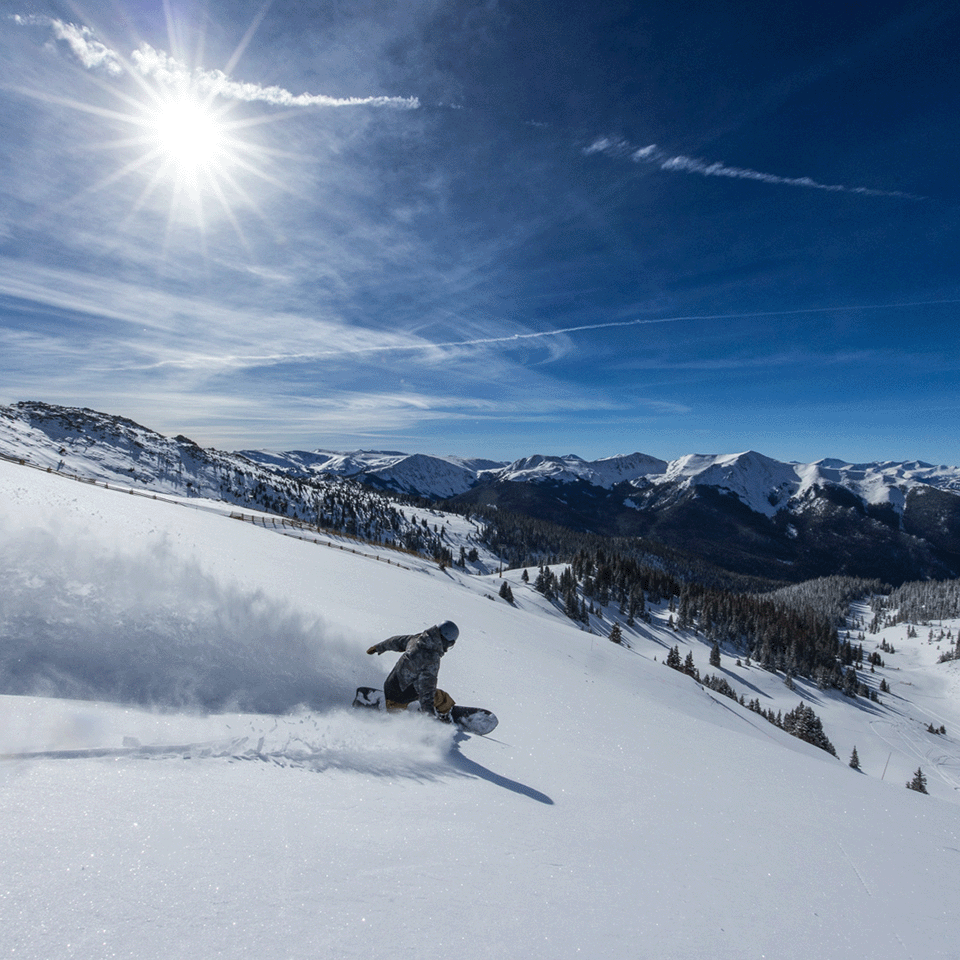 Winter
Winter
The Best Skiing Near Denver, Colorado
 Summer
Summer
A Guide to Mountain Biking at Arapahoe Basin
 Summer
Summer
Elevated Summer Dining
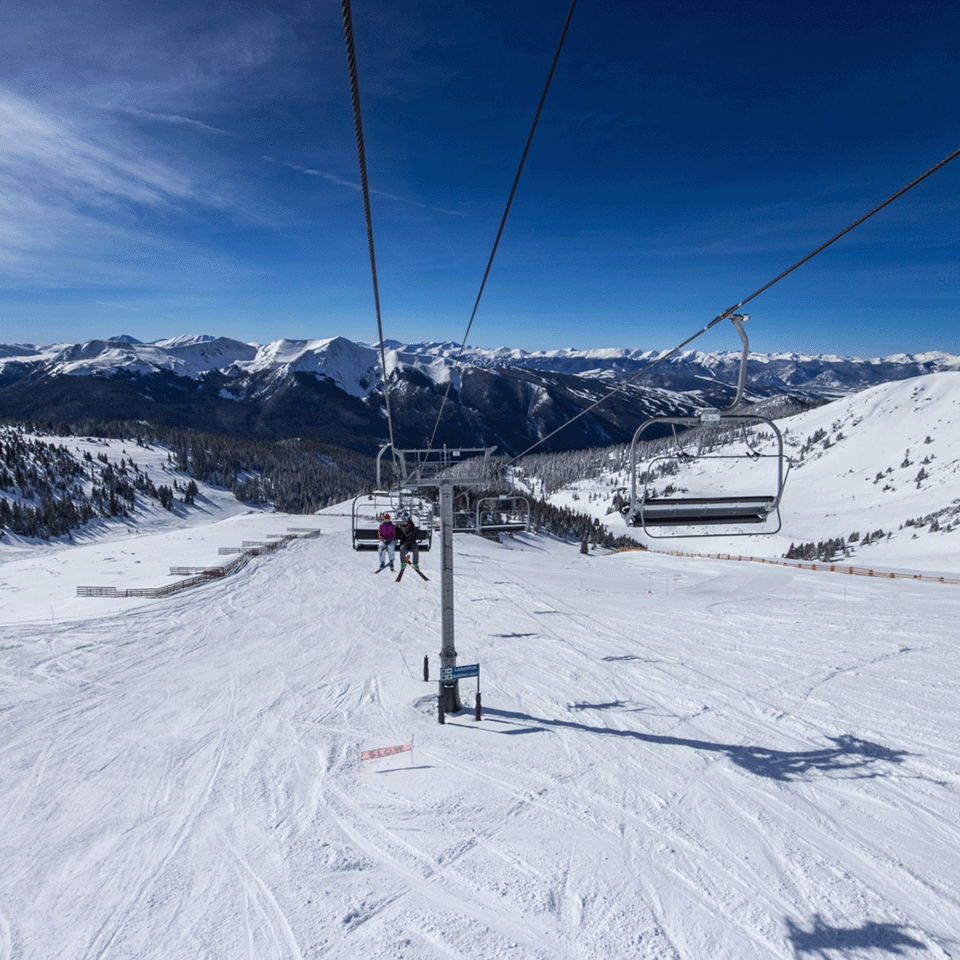 Our People
Our People
Legends of The Legend: Marnie Jump
 Photos
Photos
Legends of the Legend: Patricia Ann Cameron
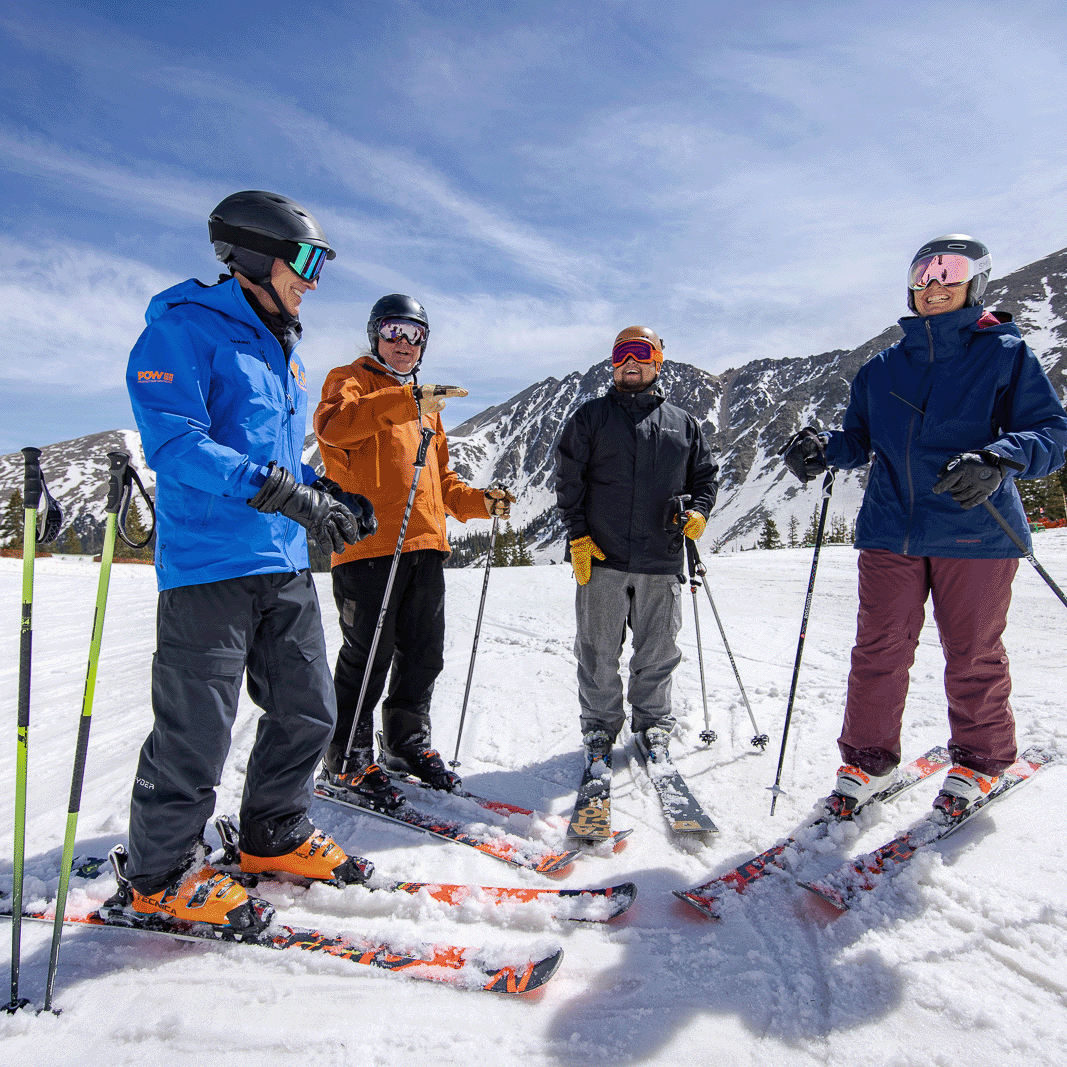 Learn to Ski + Ride
Learn to Ski + Ride
Skiing near Denver, CO | Beginner's Guide to Arapahoe Basin
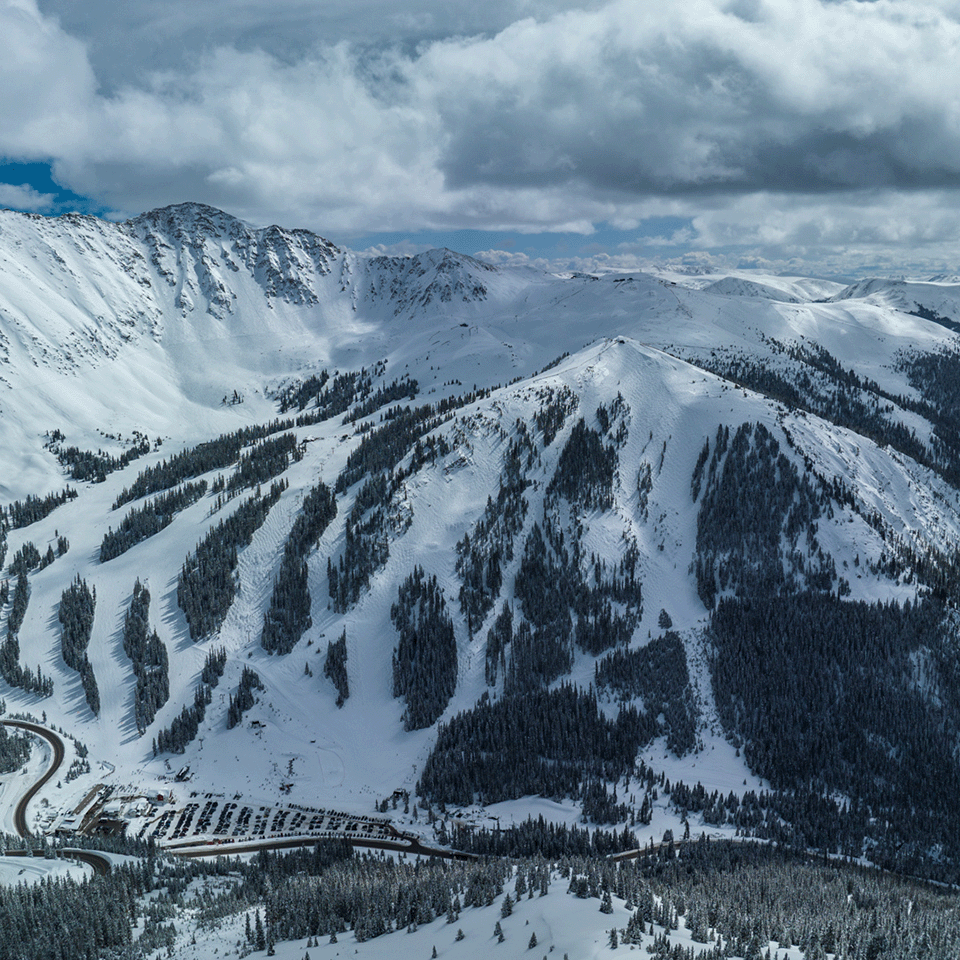 Winter
Winter
Opening Day: Nov. 2!
 Winter
Winter
Arapahoe Basin Closing Day 2025 | The Longest Ski & Ride Season in Colorado
 Summer
Summer
Arapahoe Basin: Your Guide to Summer Dining on the Mountain
 Summer
Summer
Beyond Skiing: Summer Activities and Scenic Vistas at Arapahoe Basin
 Sustainability
Sustainability
A-Basin Achieves Carbon Neutrality
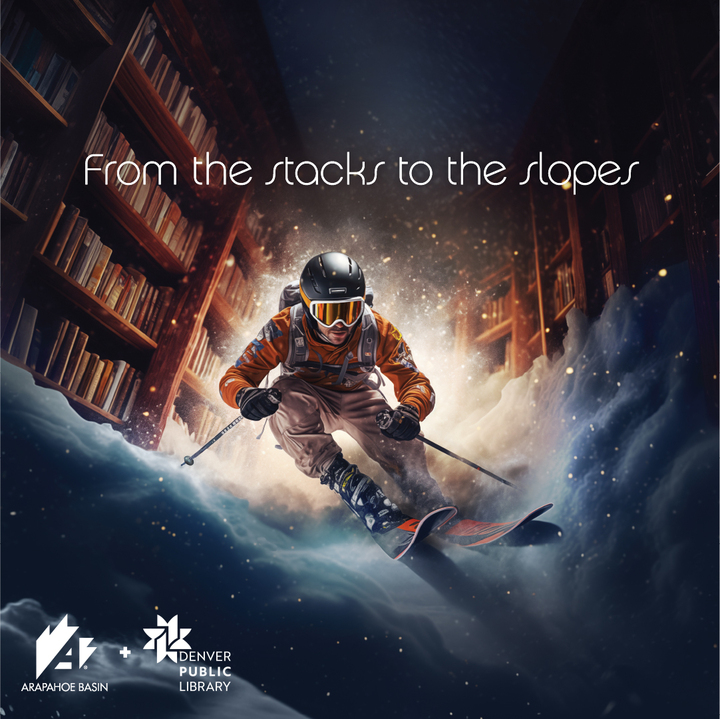 Winter
Winter
From the Stacks to the Slopes
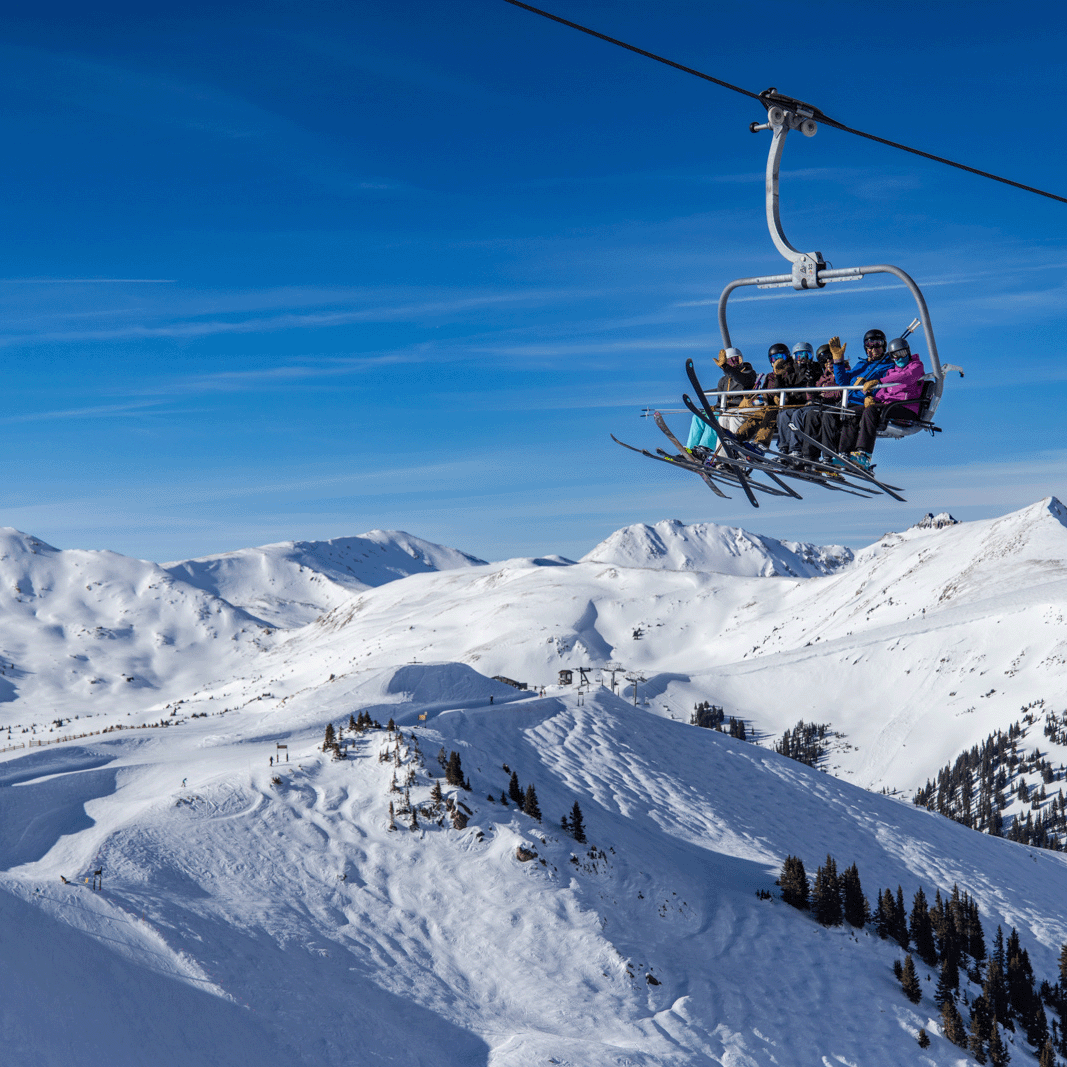 Winter
Winter
A Comprehensive Guide to Family Skiing at A-Basin
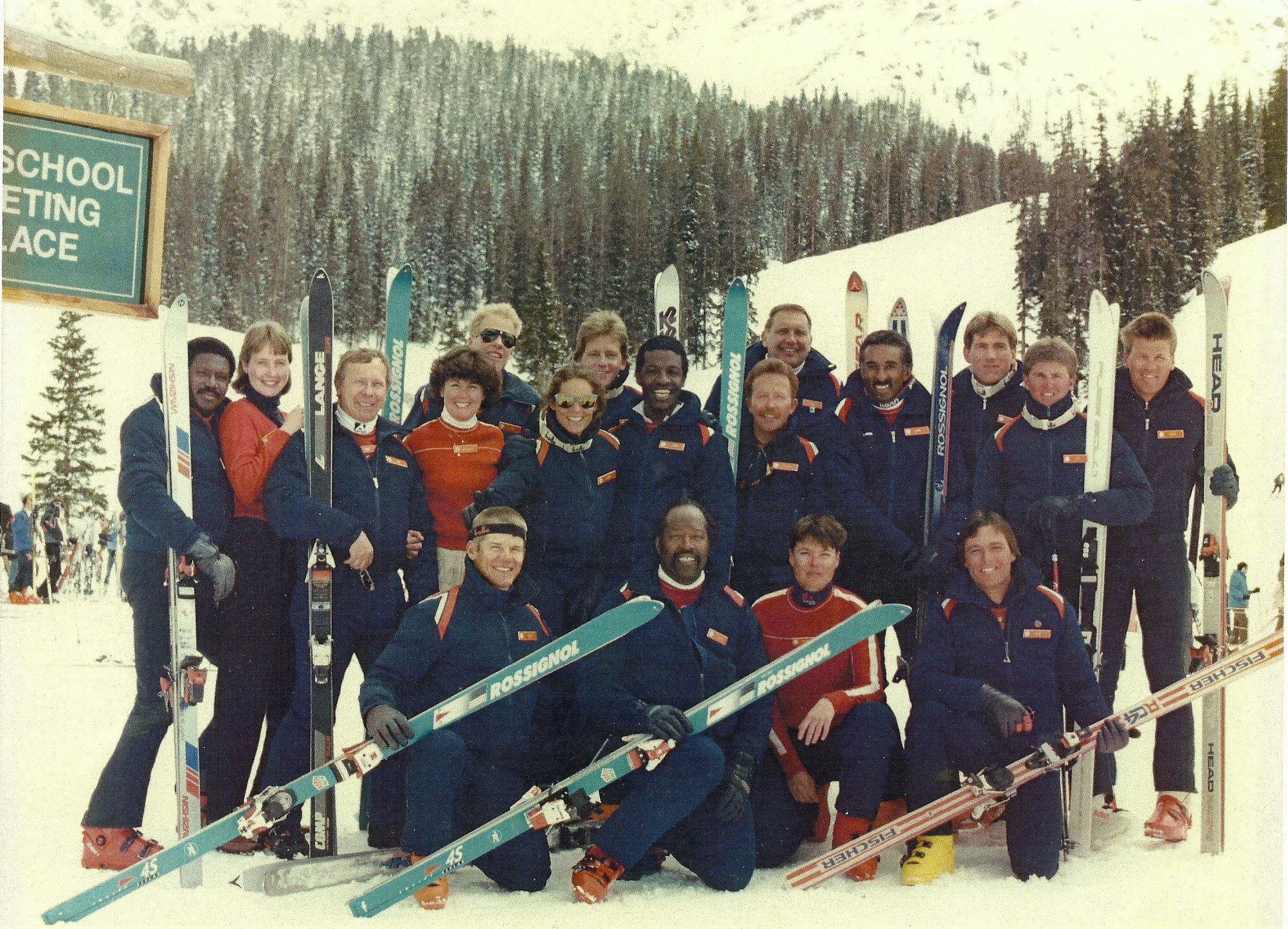 Our People
Our People
Legends of the Legend: Mack Holland
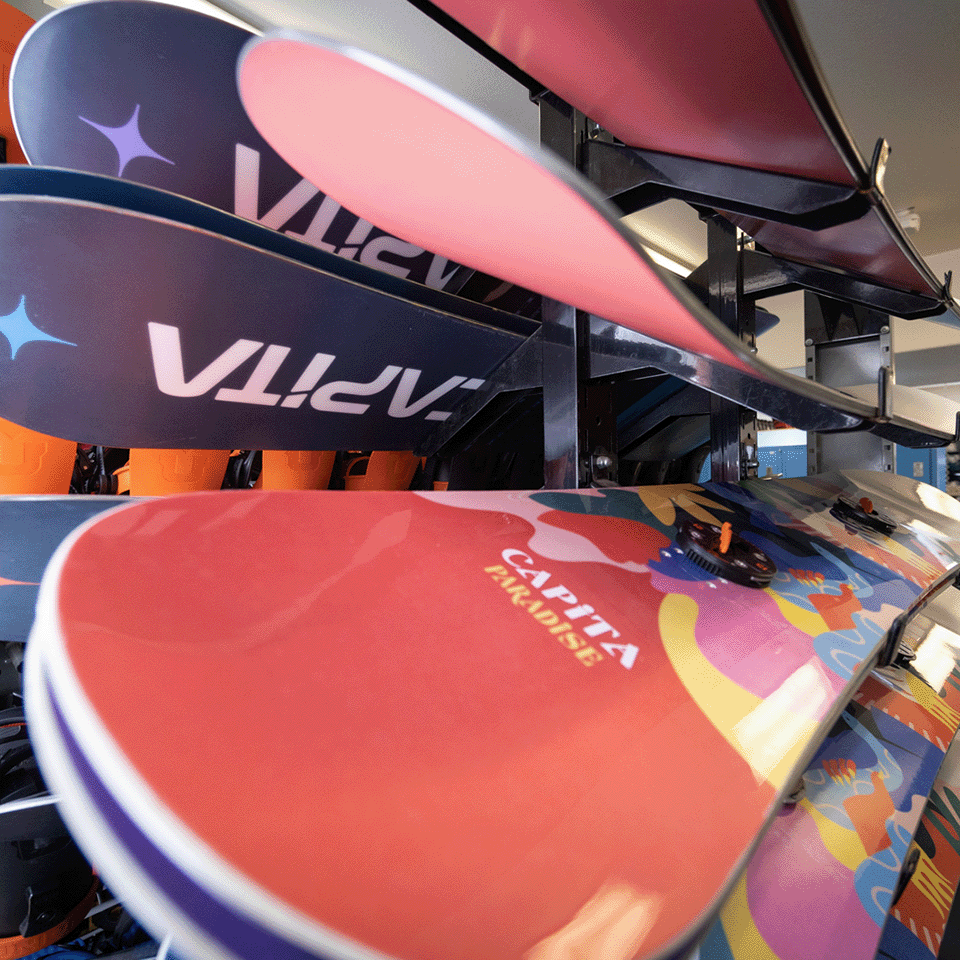 Winter
Winter
The Ultimate Guide to Terrain Parks at Arapahoe Basin Ski Area
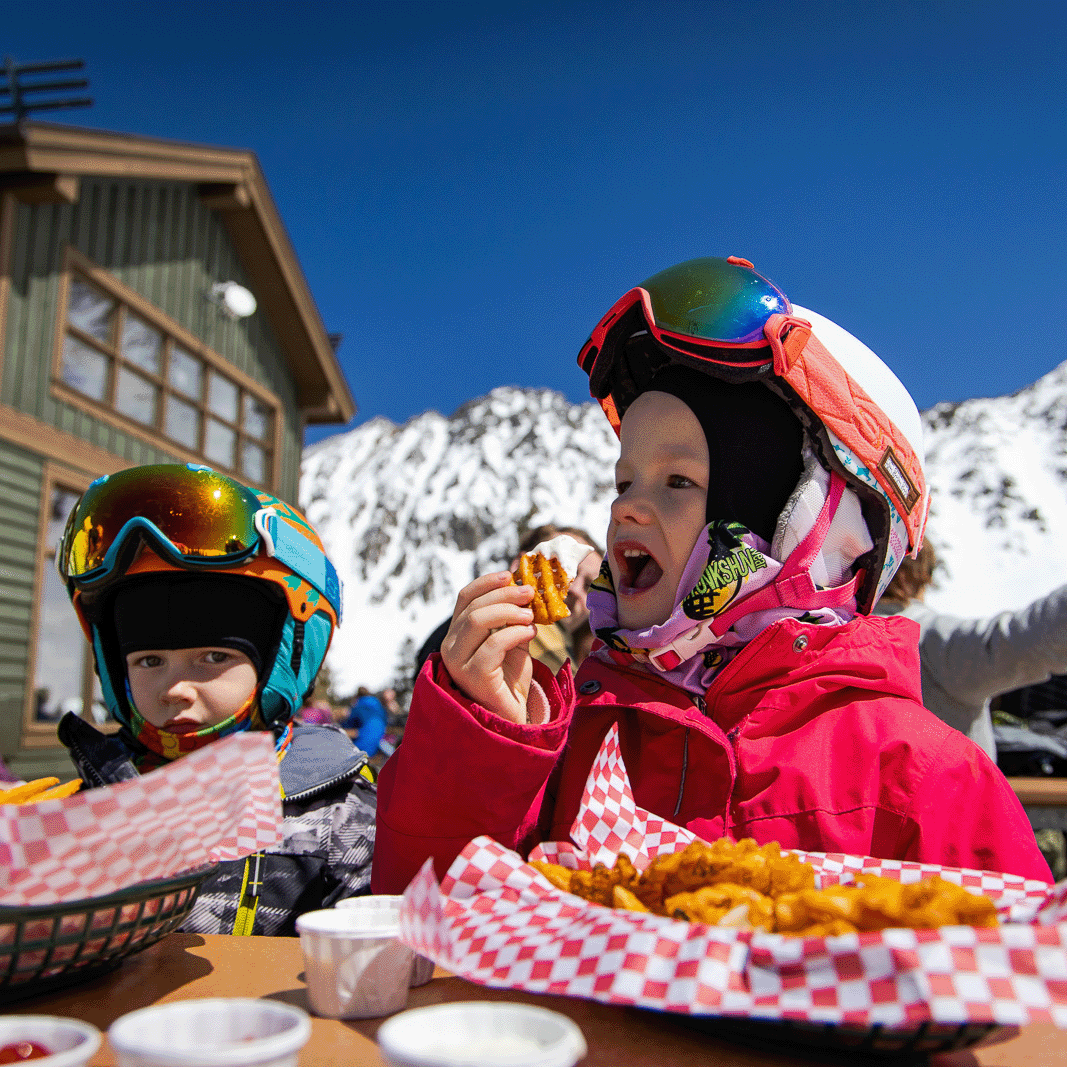 Winter
Winter
A-Basin for Adventure Families
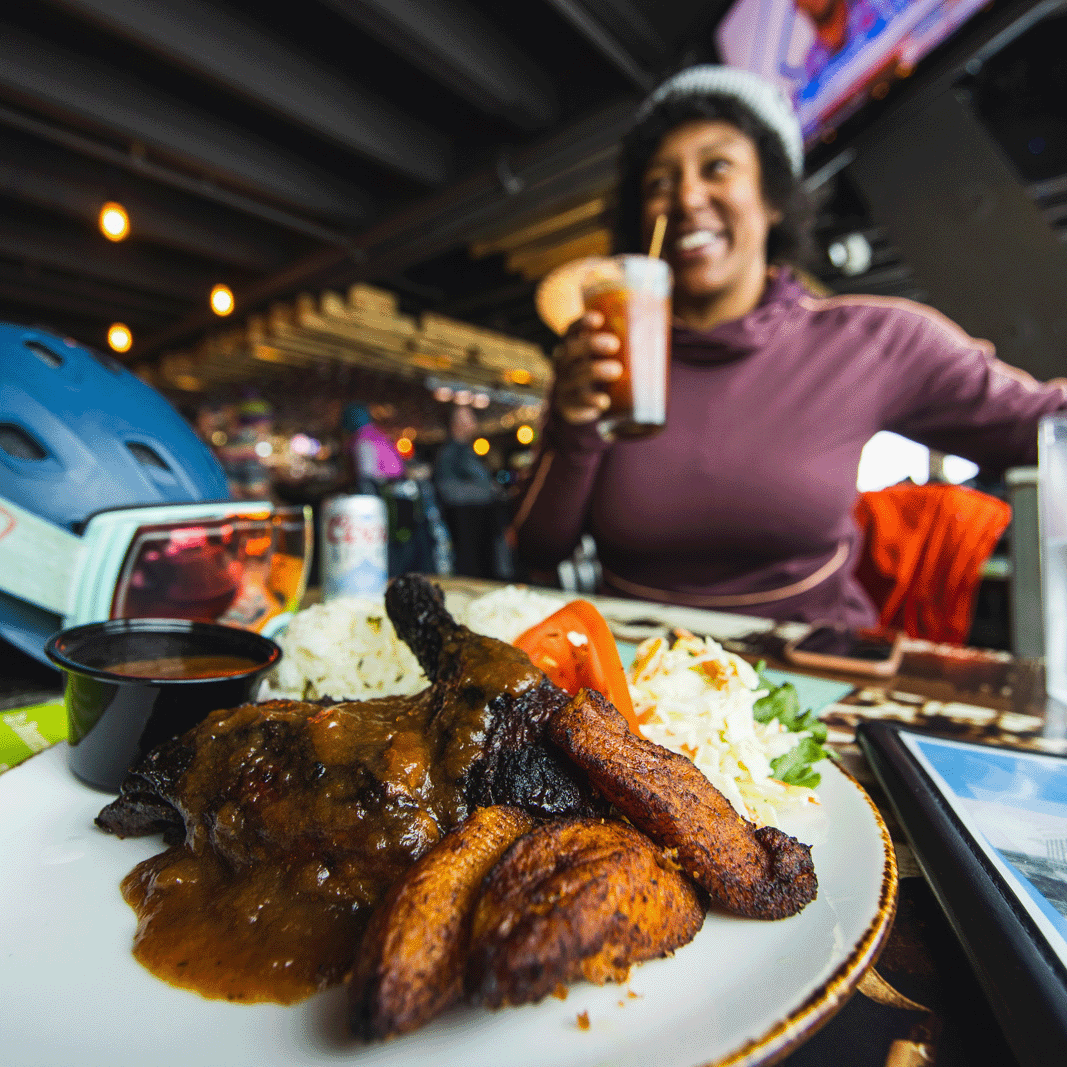 Winter
Winter
Local Flavor Dining Experiences at Arapahoe Basin Ski Area
 Summer
Summer
Your Guide to Adventure in Summit County, Colorado, in the Summer
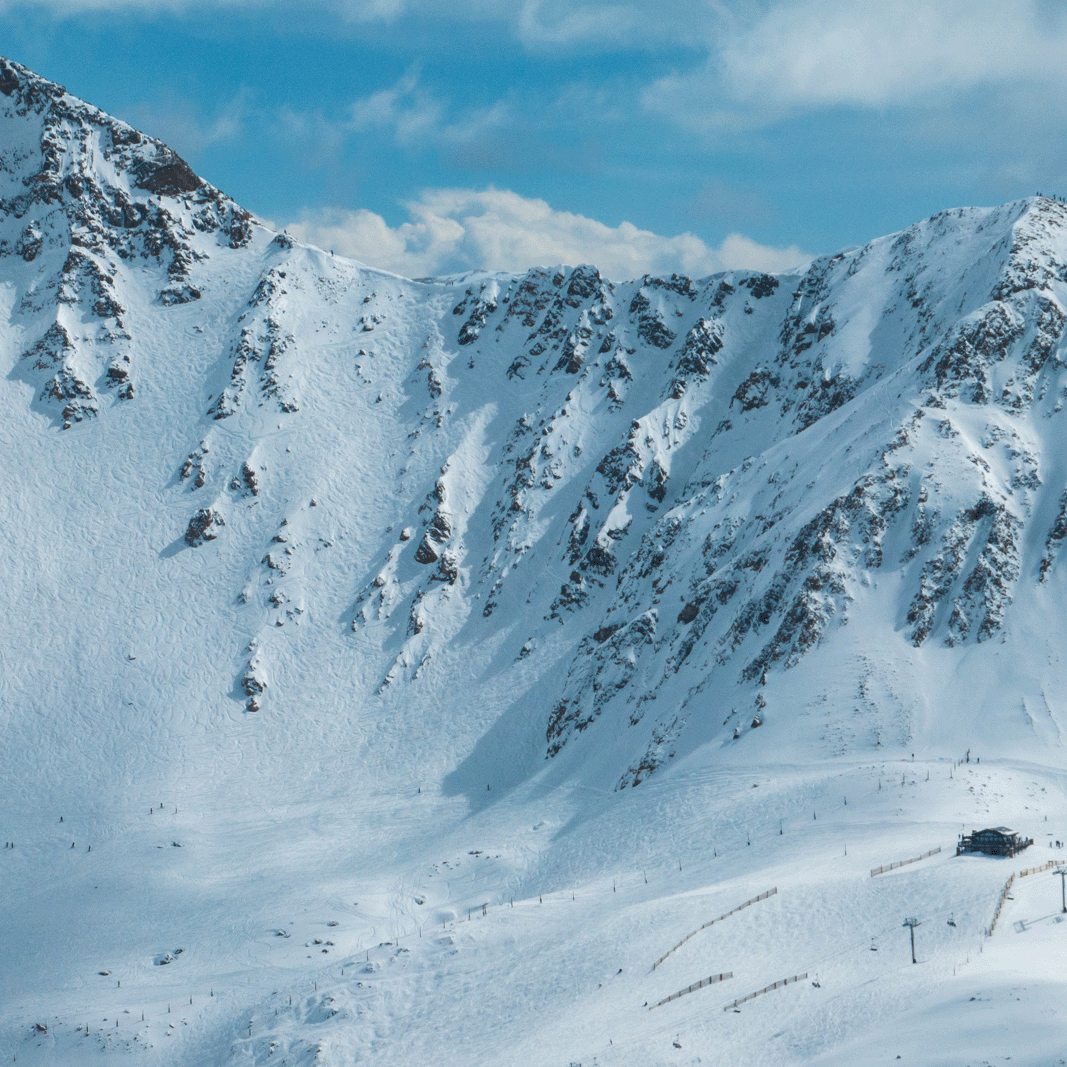 Sustainability
Sustainability
100% Renewable Electricity
 Winter
Winter
Your Guide to Independent Ski Resorts in the West
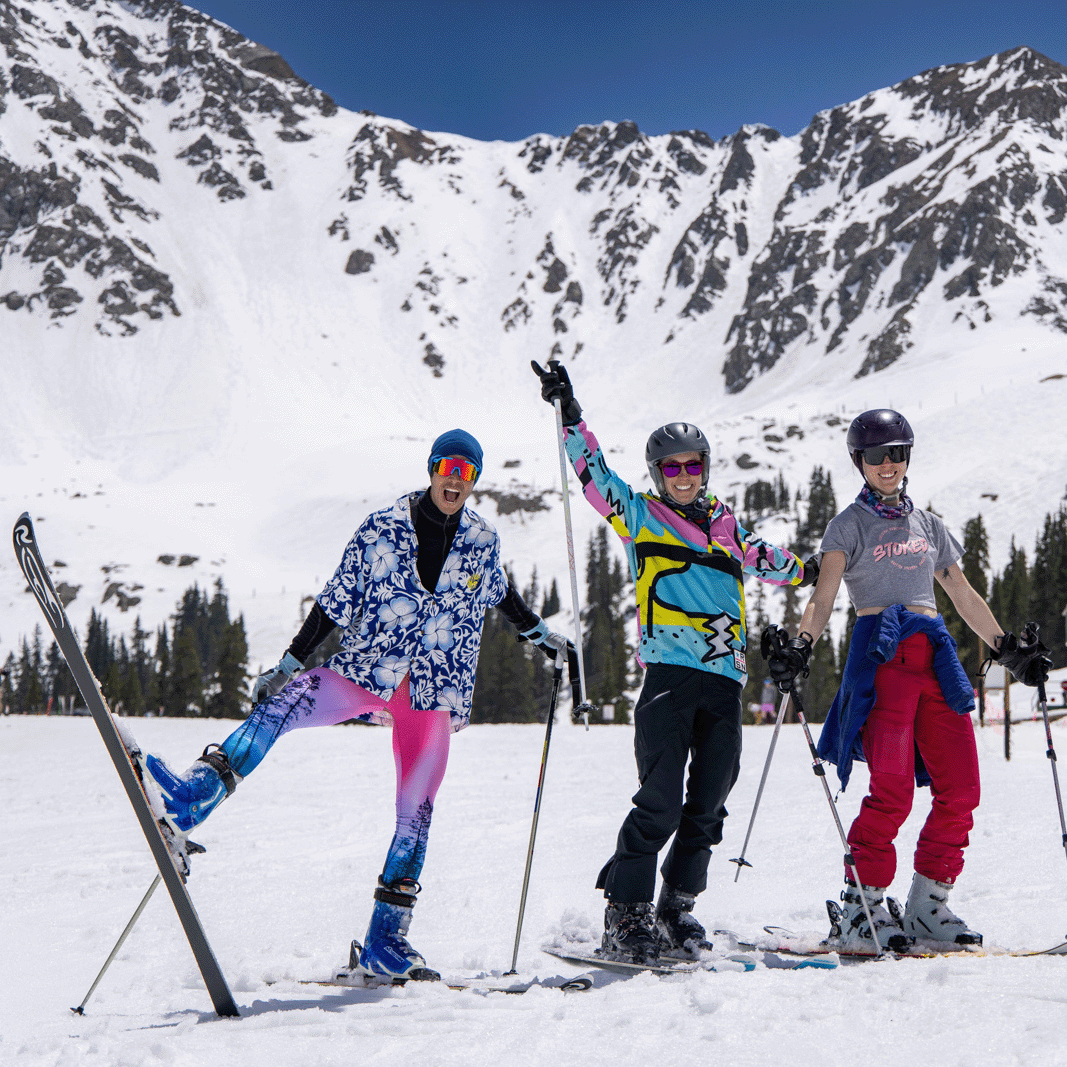 Winter
Winter
5 Reasons to Ski Arapahoe Basin Ski Area in the Fall
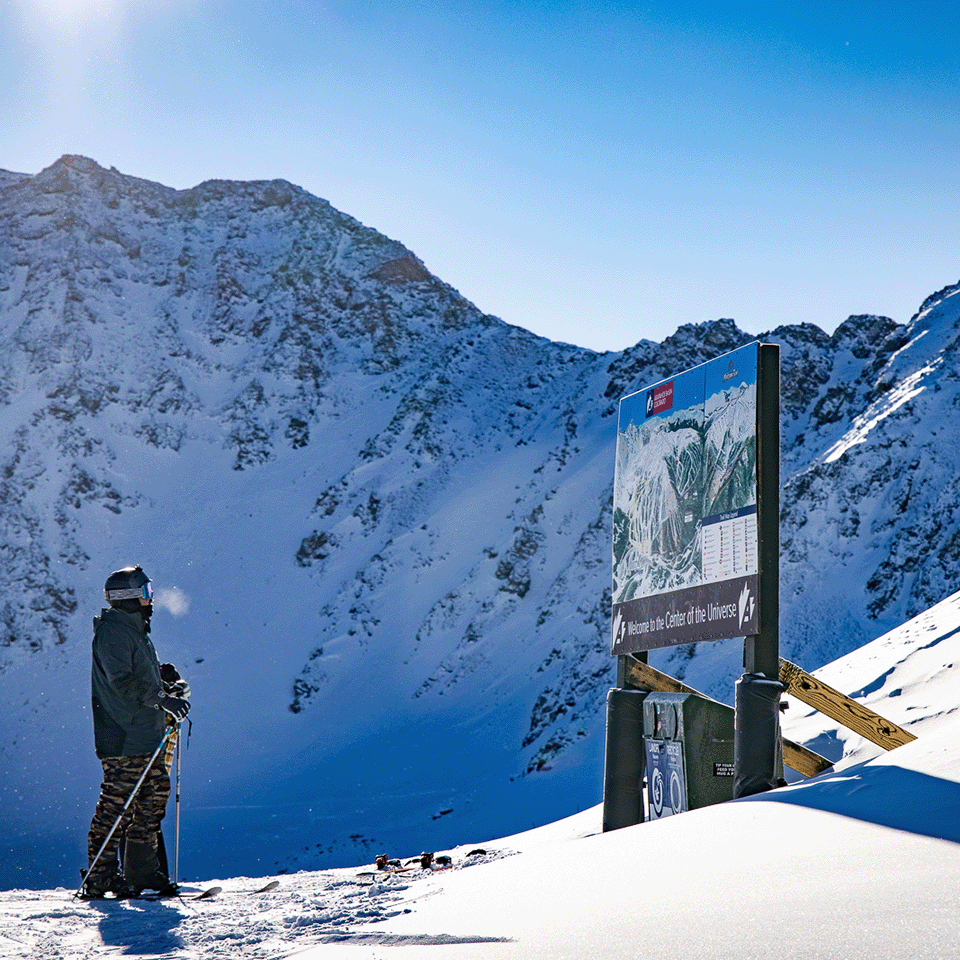 Behind the Scenes
Behind the Scenes
Getting Our Resort Ready to Ride
 Winter
Winter
Early Season Breakdown
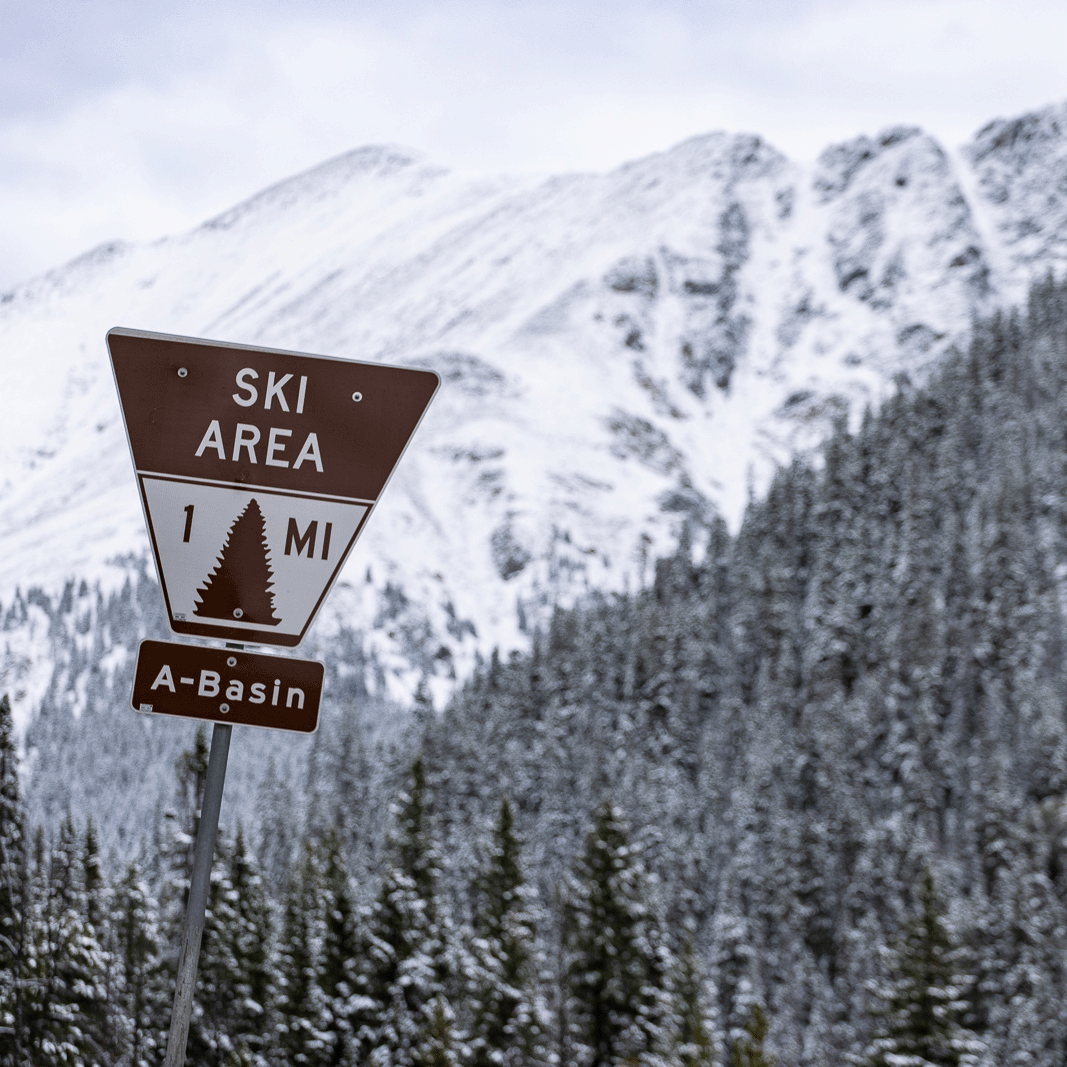 Sustainability
Sustainability
How to take the free Summit Stage Bus
 Winter
Winter
Snow Sports 101: Ski Rentals and Beginner Ski Lessons at A-Basin
 Sustainability
Sustainability
Arapahoe Basin Sustainability Update, 2022
 Sustainability
Sustainability
Sustainability at A-Basin: In-Depth on Waste Diversion
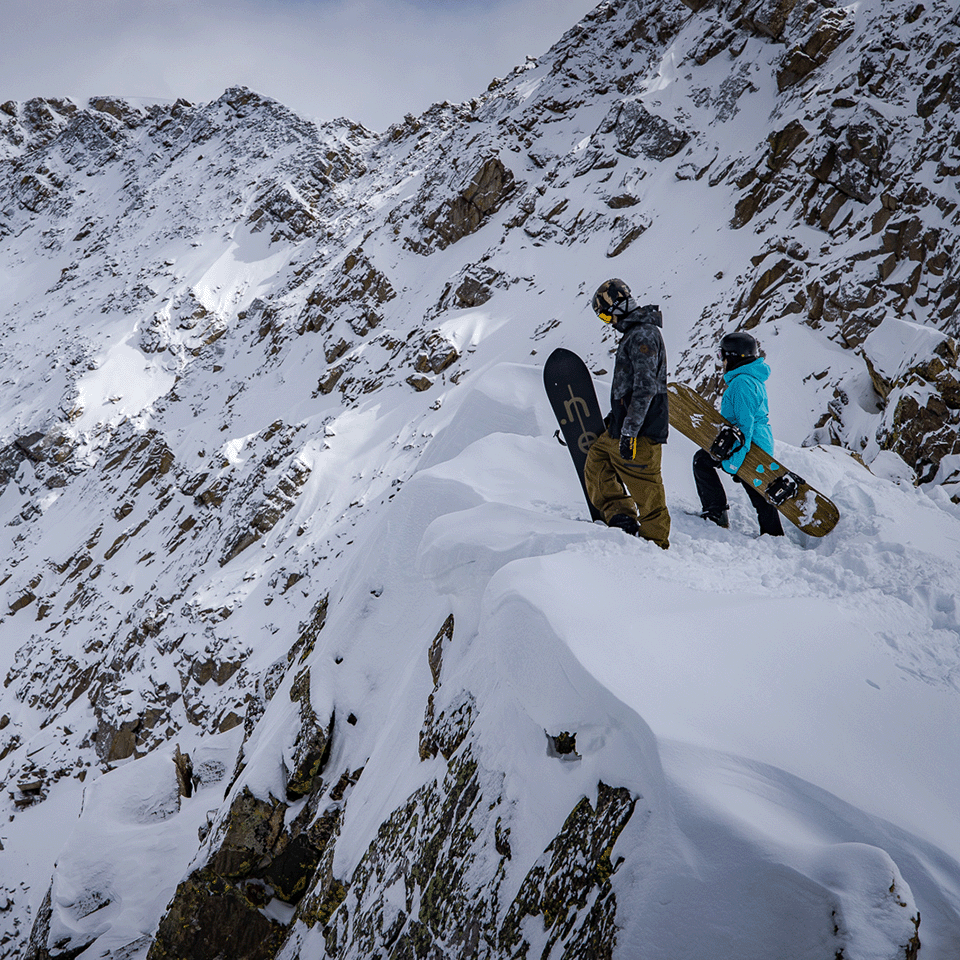 History
History
Guest Post: Why MLK Weekend Matters to the Ski Industry
 Summer
Summer
Restaurants for Summer in Summit County, CO
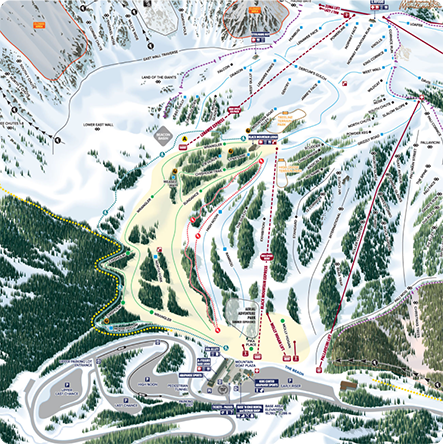 Behind the Scenes
Behind the Scenes
The New Lenawee Express Lift Opens 12/16
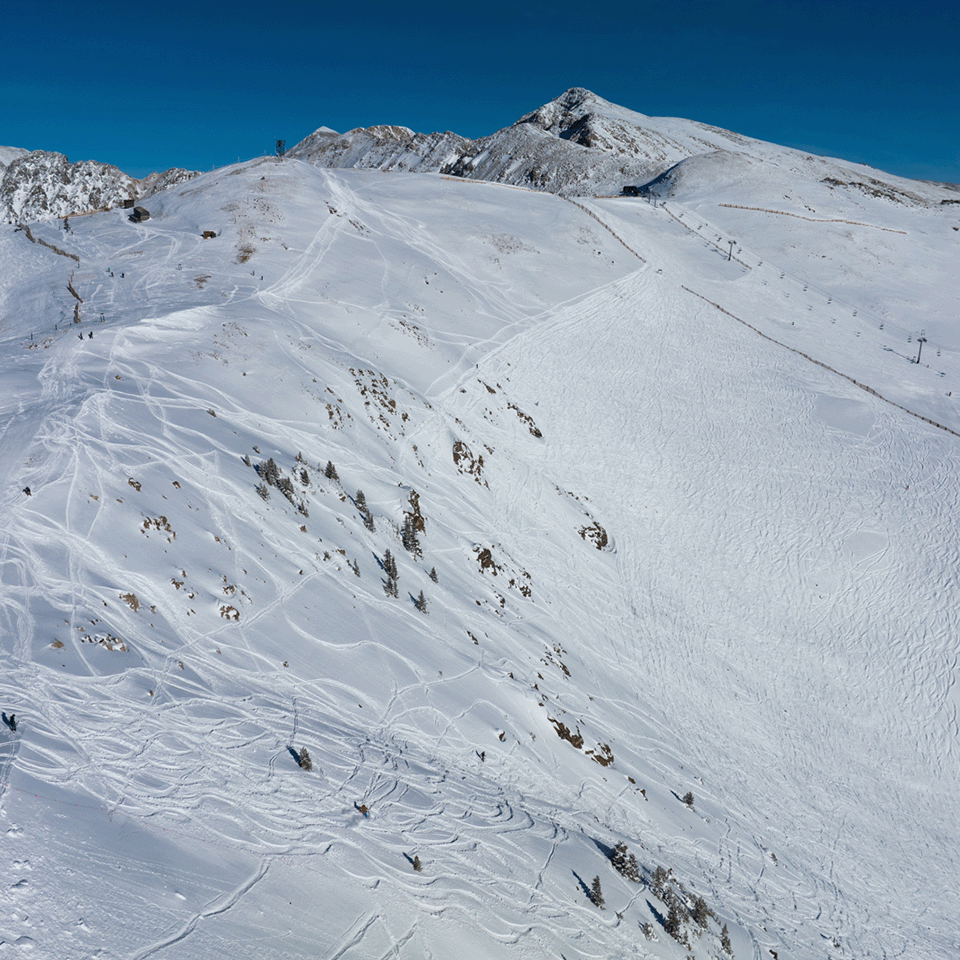 Our People
Our People
Legends of The Legend: Nina Waters
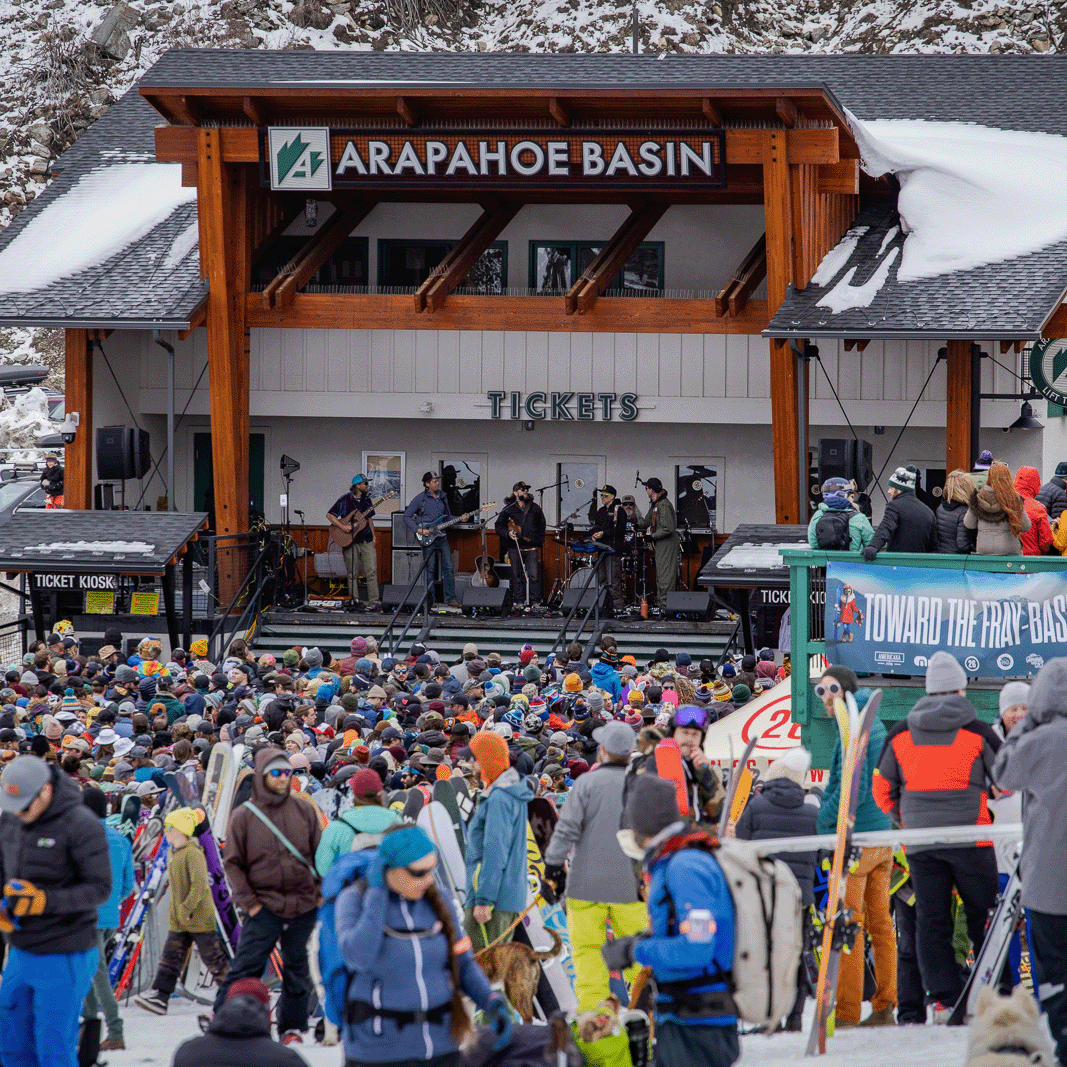 Summer
Summer
A Comprehensive Guide to Oktoberfest in Vail and Summit County, CO
 Our People
Our People
Legends of The Legend: Heather
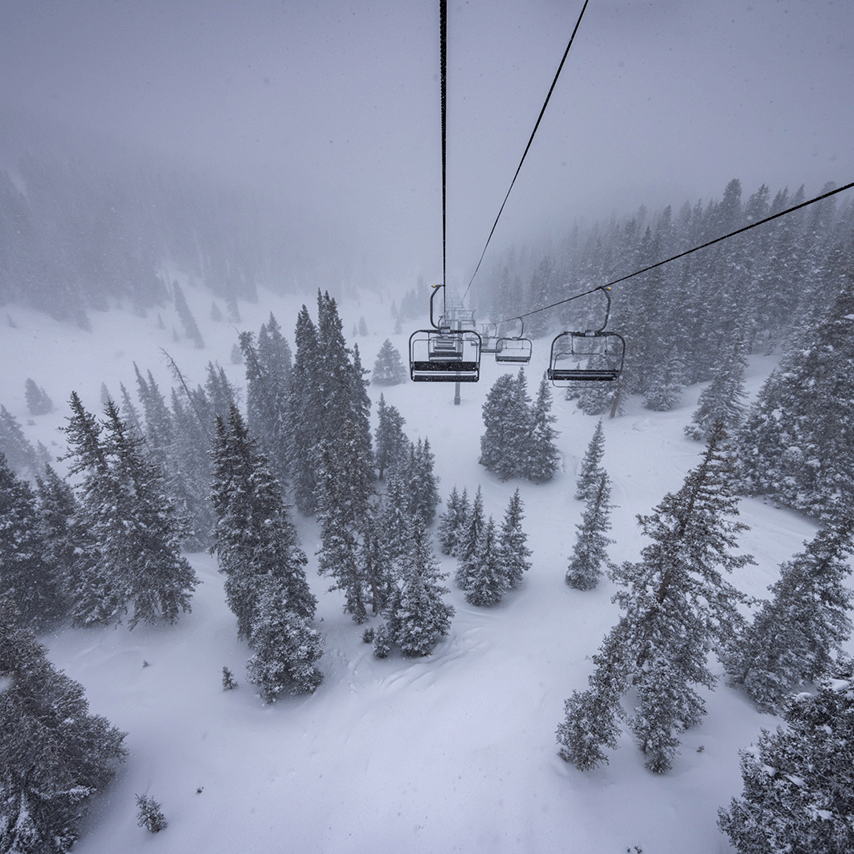 Our People
Our People

